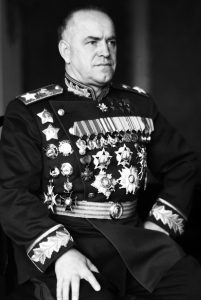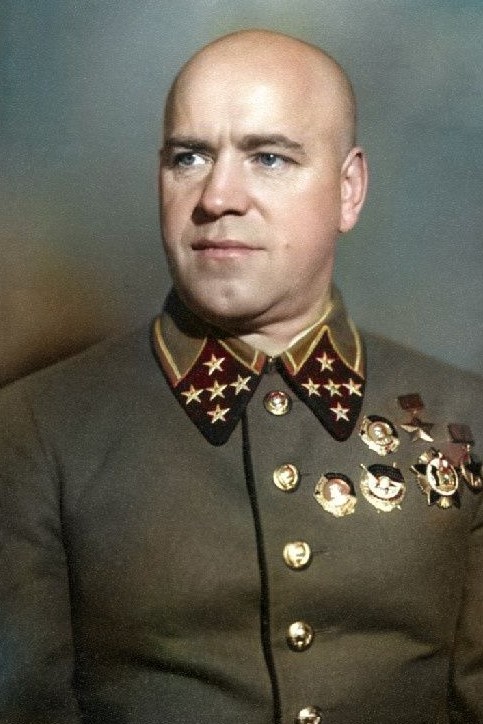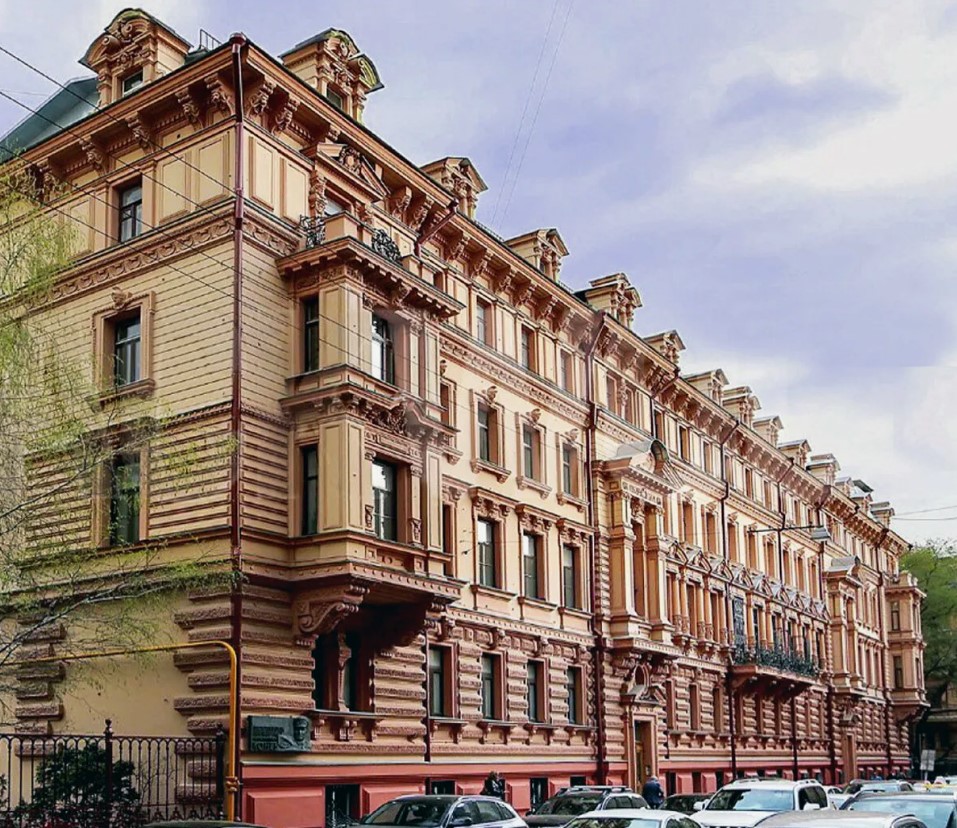Georgy Konstantinovich
Zhukov
1896-1974

Georgy Konstantinovich Zhukov was an outstanding Soviet military commander and statesman, a prominent military leader of the Great Patriotic War, Marshal of the Soviet Union (from January 18, 1943), four times Hero of the Soviet Union (1939, 1944, 1945, 1956), and a recipient of two Orders “Victoy”. Of Russian ethnicity, he came from a peasant background. He was born on November 19 (December 1), 1896, in the village of Strelkovka, now located in Kaluga Oblast. A veteran of the First World War, he was awarded two St. George’s Crosses and held the rank of Junior Non-Commissioned Officer before the revolution. He joined the Red Army in 1918 and the All-Union Communist Party (Bolsheviks) in 1919. During the Civil War, as a squadron commander, he fought against the White forces on the Eastern, Western, and Southern Fronts and participated in suppressing the Antonov Rebellion. He completed commander courses in 1930. In 1939, he led the planning and execution of the operation to encircle and destroy the Japanese troop grouping that had invaded the territory of the Mongolian People’s Republic (MPR) at Khalkhin Gol. Prior to the Second World War, he served as Chief of the General Staff of the Red Army. During the Great Patriotic War, from June 29, 1941, he was a member of the Stavka of the Supreme High Command, and from August 1942, he served as First Deputy People’s Commissar of Defense of the USSR and Deputy Supreme Commander-in-Chief. In 1941, he commanded: the Reserve Front (July 30 – September 12, 1941), which conducted the first successful offensive operation against German forces near Yelnya; the Leningrad Front (September 13 – October 10, 1941); the Western Front (October 13, 1941 – August 26, 1942); and was Commander-in-Chief of the Western Direction (February 1 – May 5, 1942). In 1942-1943, he coordinated the actions of multiple fronts during the Battle of Stalingrad, the breaking of the siege of Leningrad, the Battle of Kursk, and the Battle of the Dnieper. He commanded the 1st Ukrainian Front (March 2 – May 24, 1944) and in the summer of 1944 coordinated the actions of the 2nd and 1st Belorussian Fronts during the strategic offensive Operation Bagration. In the final stage of the war, he led the 1st Belorussian Front (November 16, 1944 – June 10, 1945), whose forces participated in the massive Vistula-Oder Offensive and the capture of Berlin. On behalf of the Supreme High Command, on May 8, 1945, in the Berlin suburb of Karlshorst, he accepted the surrender of the armed forces of Nazi Germany. For his outstanding contribution to the defeat of Nazi Germany, he was twice awarded the country’s highest military order, the Order “Victory”. He commanded the historic Victory Parade on Red Square in Moscow on June 24, 1945. In the post-war years (until 1953), he commanded the forces of several military districts. From 1953 to 1955, he served as First Deputy Minister of Defense, and from February 1955 to October 1957, he was the Minister of Defense of the USSR.
Address: Moscow, Romanov lane, 3, building 1

